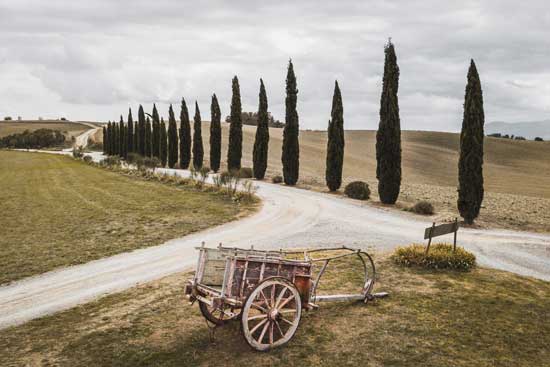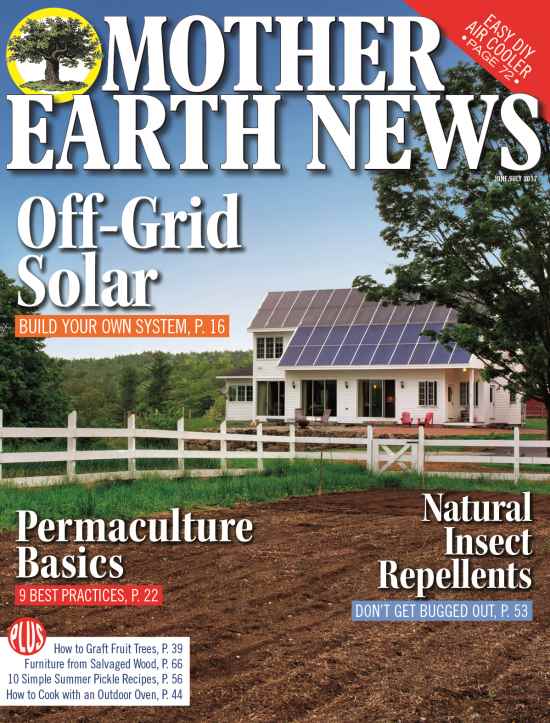Are you interested in buying a homestead in a historic district? Something unique, a style you can’t find anywhere else? Older properties are tempting, and a good investment can lead to significant future benefits. Whether you’ve bought the home or you’re still looking, discover what to do to protect your financial future.

1. Determine the Significance
If your homestead is in a historic district, it could be significant, whether architecturally or through some special event. The aesthetic lends to the town’s overall style during a specific time. Whether you own the property or want to buy, try to find as much information about the history as possible. If it’s significant, your homestead can open up a variety of opportunities.
2. Understand the Restrictions
If your homestead is historical, there are some restrictions you must abide by when it comes to renovations. Footage and extra stories are typically prohibited. Windows, doors, shutters and roofs must resemble the original architecture style, including materials and colors. An old homestead may require more money to heat and cool compared to a new one. Plus, you’ll have to obtain special permits and permissions before starting any new project.
3. Get a Professional Inspection
If you’re scoping out a property, don’t skip the formal home inspection. A qualified inspector who specializes in older and historic homes can provide you with all the information you need to make an informed purchase. If repairs are required, get price estimates of necessary work. If your dream homestead is suffering from major structural problems — like a crumbling foundation or uneven floors — it’s best to walk away.
4. List on the National Register
If you’ve determined your homestead is historically significant, you may decide to list it on the National Register. The process varies from state to state. It typically begins by submitting an application. Then, your state historic preservation office will evaluate and survey the property. The review process takes 90 days, and landing on the list equals bragging rights and a bronze plaque to display on your property.
5. Discover Tax Benefits
If your homestead is in a historic district, you may qualify for state and local tax incentives. The goal of these incentives, often tax credits or low-interest loans, is to preserve the structure’s original integrity, which may cost more than a typical renovation. These benefits are designed to offset the costs you might not have when buying a new house. Keep in mind that some historic neighborhoods charge tax levies for merely living in the area.
6. Look for Home Insurance
Any homeowner should have insurance, but as the owner of a homestead in a historic district, you’re up for a challenge. Insurance companies assume that replacement and repair costs for a historic home will be higher than a modern alternative. Some companies will be reluctant to sell you a policy. If your home is only federally registered — therefore free of restrictions — it is easier to find homeowner’s insurance that meets your needs.
7. Keep Expectations Flexible
When you buy an older property, especially a farm, keep your expectations flexible. Historic architecture, though beautiful, comes with a unique set of challenges. You may not be able to get that large kitchen with a center island or spacious master bedroom. Instead, consider how you can play up your homestead’s character, the historic properties that make it unique. Perhaps add period decor to bring the past to the forefront of your design.
8. Prepare to Learn a Lot
You can’t prepare for everything. When it comes to buying a historic homestead, you never know what you’ll come across. But that shouldn’t scare you away from investing in an essential piece in your community. Rural living has its benefits. Instead, break it down into small, manageable steps. The result is a gorgeous home with a unique sense of charm.
9. Beware of Health Hazards
Years ago, homebuilders didn’t follow the same laws and guidelines today’s developers face. If you plan to purchase a homestead in a historic district, be cautious of unseen health hazards that could be lurking inside. Mold and asbestos are the most common, the latter a material that was a type of insulation we now know causes serious illness. A professional inspection will spot any health hazard before you move in.
10. Get Involved in the Community
A lot of people who own a farm or homestead in a historic district make agreements with local historical societies and heritage groups, opening their doors for tours and events. While this isn’t something most homeowners profit from, it’s a fun opportunity to get involved in the community and take part in interesting events, like holiday parties and historical anniversaries. You can also visit other properties in the area with historical significance.
Are you interested in buying a homestead with history and character? Opting for a property in the historic district can be a great way to find the unique home of your dreams. However, there are a few things you should keep in mind before taking the plunge. Read the 10 pieces of advice above for what to do if your homestead is in a historic district.










